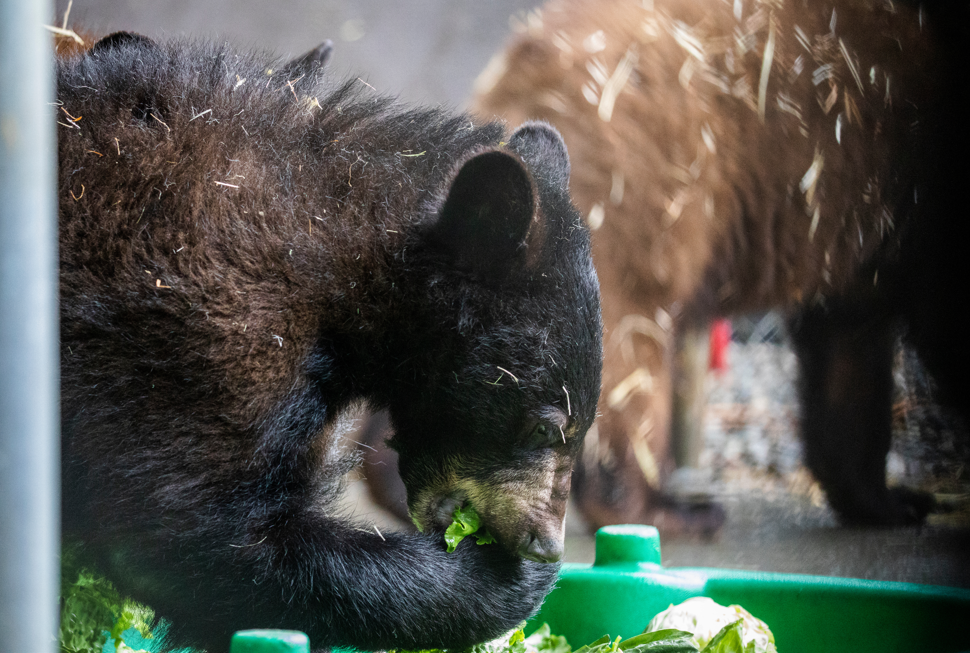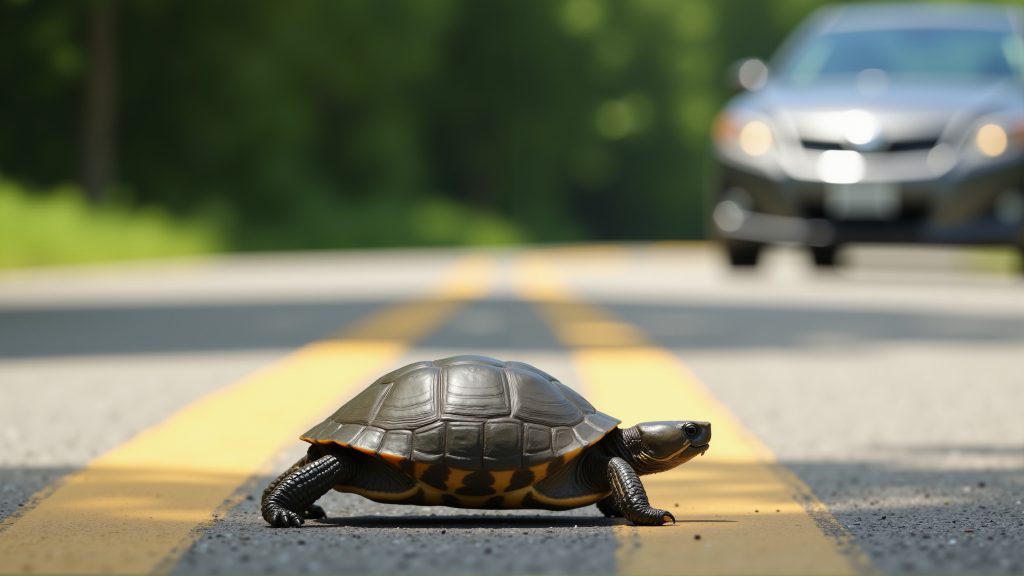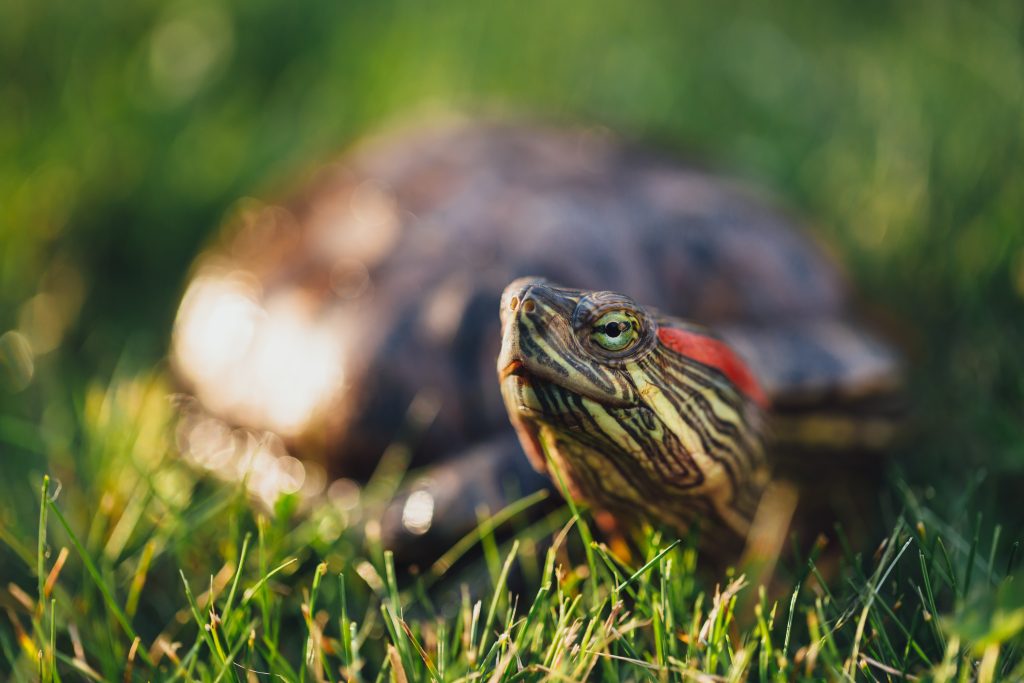As winter blankets the landscape in snow and ice, many wild animals seek shelter, migrate, or hibernate. However, for wildlife that has been orphaned, injured, or too weak to survive the cold, wildlife rehabilitators become their lifeline. These dedicated individuals provide months of specialized care, ensuring animals have a second chance at life. And when spring arrives, the ultimate reward is setting them free.
Winter Wildlife Rehab: A Season of Survival
When an animal is taken in by a licensed wildlife rehabilitator during the fall or winter, it’s often because they wouldn’t survive the harsh conditions on their own. Reasons for overwintering wildlife include:
🦨 Orphaned Late-Season Babies – Some young animals, like squirrels and raccoons, may be born late in the year and don’t have time to develop survival skills before winter.
🦉 Injured Birds of Prey – Raptors and owls often suffer from car collisions or poisoning and require extensive rehab before they can be released.
🦦 Hibernation Disruptions – Some species, like bats, may be disturbed from their winter rest and are unable to find food.
🦢 Migratory Birds Stranded by Weather – Waterfowl and other birds may struggle if they are caught in storms or lose access to unfrozen water sources.
Throughout the winter, wildlife rehabilitators provide food, shelter, and medical care, closely monitoring their patients to ensure they stay healthy until spring.
The Spring Release: A Wild Homecoming
As temperatures rise and natural food sources become abundant again, wildlife rehabbers prepare to release their overwintered animals back into their natural habitats. The process is carefully planned to ensure each animal has the best chance of survival.
The Release Process
🐾 Gradual Acclimation – Some animals may be placed in outdoor enclosures before release to adjust to changing weather.
🌱 Site Selection – Animals are released in safe environments, often near their original rescue location.
🦝 Soft Release for Young Animals – Some species, like raccoons and foxes, benefit from a “soft release” where they can come and go from an enclosure as they adjust to living in the wild.
🚫 Minimal Human Interaction – Rehabilitators take great care to ensure animals remain wild and don’t associate humans with food or shelter.
For wildlife rehabbers, releasing an animal is the most rewarding part of the job. Seeing a once-injured or orphaned creature run, fly, or swim back into the wild is a testament to months of dedicated care.
How You Can Help Wildlife in Spring
Spring is a critical time for wildlife, and there are ways you can support rehabilitators and the animals they care for:
🌳 Provide Natural Shelter – Leave brush piles or natural areas in your yard for small animals to take cover.
🚗 Drive Carefully – Many young or disoriented animals cross roads in early spring. Stay alert to avoid collisions.
🐶 Keep Pets in Check – Dogs and cats can be a threat to newly released or young wildlife.
💰 Support Local Rehab Centers – Donate supplies, funds, or volunteer to help wildlife organizations.
As winter’s grip fades and nature comes alive, wildlife rehabilitators celebrate the return of their patients to the wild. Their hard work during the cold months ensures that animals can thrive once more in their natural environment.


